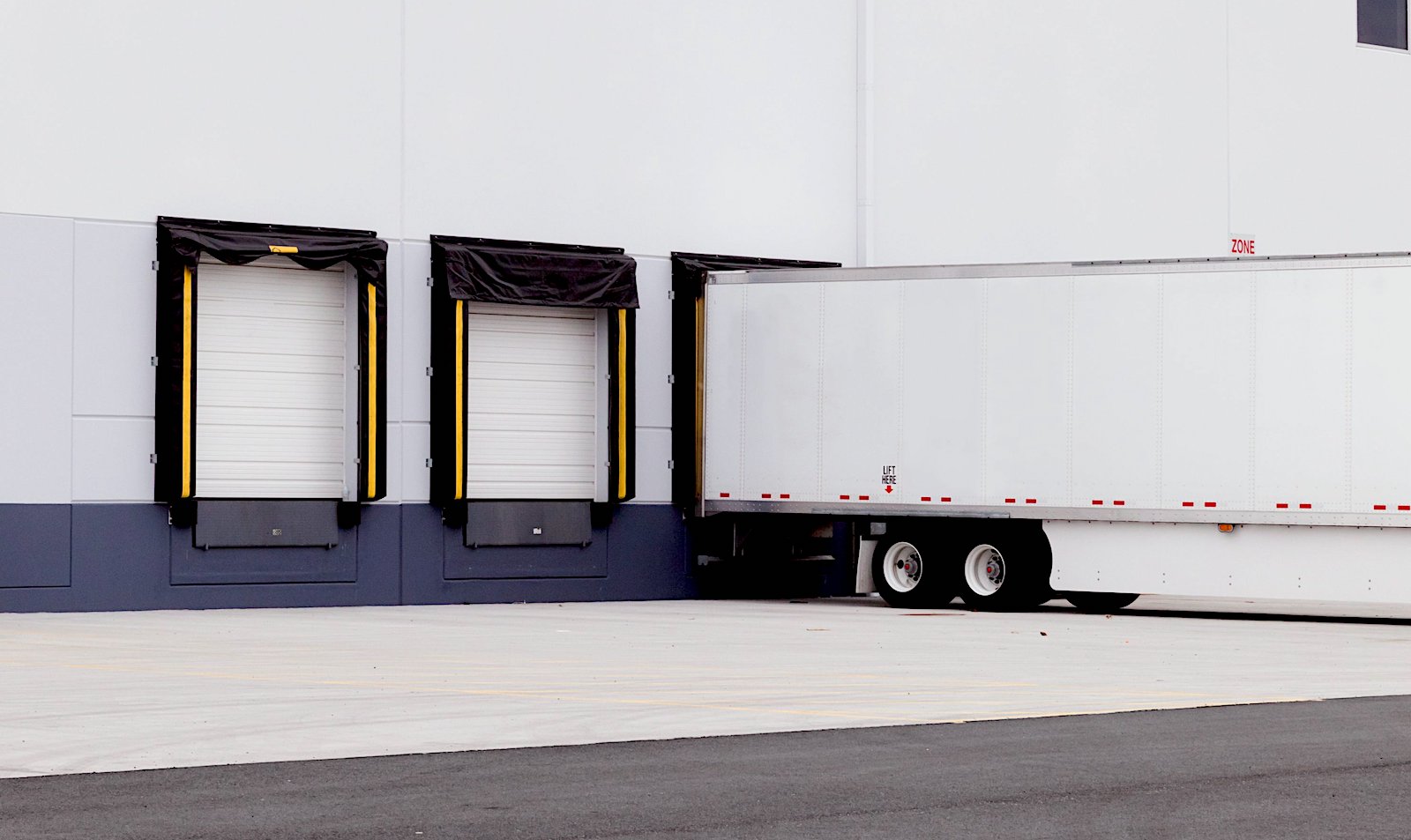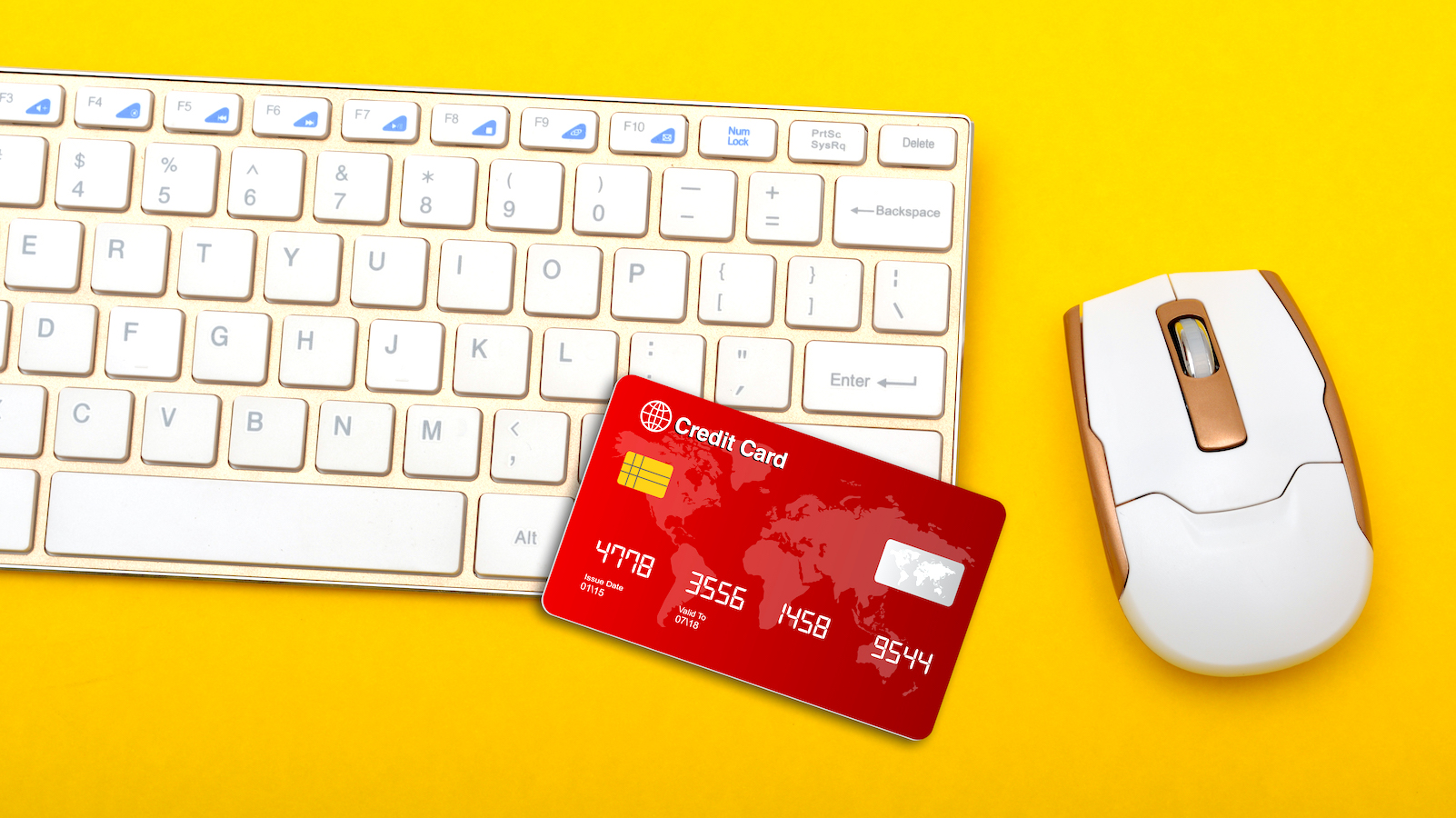Table of Contents
** Minutes
What is purchase order financing?
How does purchase order financing work?
Why businesses use purchase order financing
Pros and cons of purchase order financing
What you need when applying for purchase order financing
You need money to make money, and that’s where a little business financing can really come in handy.
If you lack the ecommerce inventory necessary to fulfil your customers’ orders, then purchase order financing is going to be your new best friend.
Below we cover how you can use purchase order financing to satisfy orders, maximise profits, and free up your cash flow.
What is purchase order financing?
You may have payment terms that leave you repeatedly in cyclical cash flow crunches. Or maybe, your client base is growing, but your cash flow simply can’t keep up to fulfil the purchase order.
When you lack cash, you risk disappointed customers jumping ship — never mind the fact that you’re letting revenue-generating opportunities slip right through your fingers. Rather than turn down clients, you can use financing to fulfil your purchase orders.
Purchase order financing companies will supply the money to fund the order. Then, once the order is complete, the financing company will collect the payment from your customer, deduct their fees, and send the balance over to you.
How does purchase order financing work?
Purchase order financing may sound complicated, but it’s relatively straightforward when you break down the process. Here’s the step-by-step method:
1. Purchase order received
Your customer tells you what goods they’d like and the quantity. Based on the product and amount, you’ll have a good idea of whether you have the cash on hand to make it happen.
2. Supplier estimate request
You send the purchase order details over to your supplier, and they send back an invoice with your expected costs.
3. Purchase order loan application
You apply for purchase order financing. Based on your business, the supplier, and your customer’s qualifications and creditworthiness, the lender will finance up to 100% of the order. Commonly, lenders will only finance a portion of the order (typically 80% to 90%).
4. Lender funds supplier
Your supplier will be paid directly by your purchase order lender. If the lender only loans a portion of the total amount, you’ll need to cover the balance. Once your supplier has been paid, they can get to work on fulfiling the order.
5. Supplier fulfils purchase order
Once finished, the supplier ships the completed order straight to your customer. Once the customer confirms they’ve received the goods, you send the customer an invoice for the price of the order.
6. Customer pays lender
Rather than pay you, your customer will pay the lending company directly.
7. Lender pays you
Once the purchase order financing company deducts their fees, they’ll send you the remaining balance. The fees deducted are basically like paying interest on a loan.
Why businesses use purchase order financing
If you don’t get to keep all the money from your customer’s purchase, why would you use purchase order financing? In short, some money is better than no money.
Businesses use purchase order financing for several reasons:
- Maintain customer relationships: Fail to meet an order, and you may lose a customer for good.
- Fulfil large orders: When an order is just too good to pass up, you may need additional cash to satisfy demand.
- Cover cash flow gaps: If you’re experiencing a cash constraint, you’ll need a way to free up working capital.
- Finance seasonal sales spikes: Demand may spike during specific periods of the year, and you’ll need help to finance the orders.
Pros and cons of purchase order financing
There’s plenty of reasons you should consider purchase order financing, but be aware of both the pros and the cons.
Purchase order financing pros:
- You receive money without the monthly payments.
- Purchase loans have lenient requirements, making it easy to qualify even if you have a poor credit score. Unlike most other business loans, purchase order financing is fair game for startups.
- No collateral is necessary — the purchase order itself satisfies this security.
- Free up your cash flow. Even if you do have money to finance a purchase order, sometimes it makes sense to get a purchase order loan so you can use your working capital for other business expenses.
- Your lender assumes the risk. If your customer goes bankrupt or refuses payment, your lender loses their investment. Make sure to check your contract with the lender before signing to ensure this is the case.
- Save valuable time you would have spent collecting customer payments.
While purchase order financing may sound like the perfect funding solution, there are a few cons to this method.
Purchase order financing cons:
- High fees can eat into your profit margins. Lenders charge anywhere from 1.8% to 6% per month, which translates into an APR of 20% to 75% — yikes. That’s cheaper than a short-term loan or a merchant cash advance, but it’s still expensive relative to most small business loans.
- Purchase order loans aren’t flexible. They’re used to cover the cost of fulfiling the order—nothing more, nothing less.
- This financing isn’t available for service-based businesses. To qualify, you need to have physical products.
- Customers work directly with the lender instead of your business. They may question your business’s health and start exploring alternatives in case you can’t deliver in the future.
You also need to remember that purchase order financing is a short-term loan — it’s meant to give you fast access to cash, which you pay back in a month or two.
What you need when applying for purchase order financing
When you apply for purchase order financing, you’ll need to provide the following information and documents:
- Customer’s purchase order
- Your supplier’s invoice to you
- Your invoice to the customer
- Financial statements: profit and loss statements, balance sheets, and cash flow statements
- Tax filings
The lender will look at your business’s reputation and financial standing, as well as your supplier’s — they need to know the supplier is capable of fulfiling the order on time. They’ll also look at your customer’s creditworthiness to ensure they’re reliable and will make good on their payment.
Five other financing options for order fulfilment
If (for whatever reason) you don’t qualify for purchase order financing, or you decide it’s not right for you, there are other financing options. Below are a few alternative business loans that should be on the top of your list.
Invoice financing
If you have unpaid invoices but need cash now, invoice financing gives you an advance on what you owe in exchange for a fee. Unlike invoice factoring (also known as ‘accounts receivable financing’), you don’t sell the accounts receivable; you simply get an upfront loan by using your unpaid invoices as collateral.
Pros
- Capital now instead of later
- Quick access to cash; sometimes in as little as 24 hours
- No collateral necessary
- Confidential agreement; your customers will not know about this financing
- Accessible to most business owners regardless of credit history
Cons
- You still have to chase down delinquent customers
- How much you pay depends on your customer, so the longer it takes for your customer to pay, the less you make
- Only get access to as much cash as the value of your outstanding invoices
Business credit card
A business credit card is similar to a personal credit card, except it’s for your business’s expenses. This card will get you financing up to a specific credit limit, but that credit is revolving. That means once you pay off your card, you’ll get immediate access to the capital again.
Pros
- Qualifying is easy
- Quick access to revolving cash
- Earn rewards like cash back, airline miles, and hotel points
- Build your credit to secure bigger, better loans down the road
Cons
- High-interest rates and often annual fees
- Low credit limits
- Security issues with cards being stolen
Business line of credit
A business line of credit is similar to a credit card, except that it has higher credit limits and lower interest rates. It’s excellent for financing small business purchases, but it also has the power to fund more substantial expenses, too.
Pros
- Quick access to revolving cash
- Flexible funding that can be used for almost anything
- Higher credit limits compared to a business credit card
- Only pay interest on what you use
- Can free up your cash flow
- Builds business credit
Cons
- Qualifying is more difficult compared to a business credit card
- Relatively expensive financing, but more affordable than a business credit card
Short-term loan
A short-term loan gets you quick access to a lump sum of cash that you pay back over a few years. With a short-term loan, you trade speed for higher interest rates. But when time is money, sometimes that’s the best option.
Pros
- Access to capital in as little as 24 hours
- Loan amounts sufficient to cover just about any purchase order
- Greater flexibility
- Accessible to most business owners regardless of credit history
Cons
- High-interest rates; speed has a price
- Frequent payments that can eat into cash flow
- You only have a few months or years to repay the loan
Term loan
Like a short-term loan, a term loan gets you access to a lump sum of cash that you’ll pay back on a regular cadence. However, a term loan will get you higher amounts of money, longer repayment terms, and lower interest rates.
Pros
- Larger loan potential
- Lower interest rates
- Longer repayment terms
- Predictable payments
Cons
- Not as fast as a short-term loan
- Requires a higher credit score
- Not accessible for new businesses
- Often requires a personal guarantee
Conclusion
Financing your ecommerce business with purchase order loans helps free up your cash flow, improve timely delivery, and fulfil orders regardless of your available capital. While purchase order financing can eat into your margins and lacks the flexibility of other options, it’s a great way to fund larger orders — especially if you’re a new ecommerce business or if your cash is tied up in outstanding invoices.



